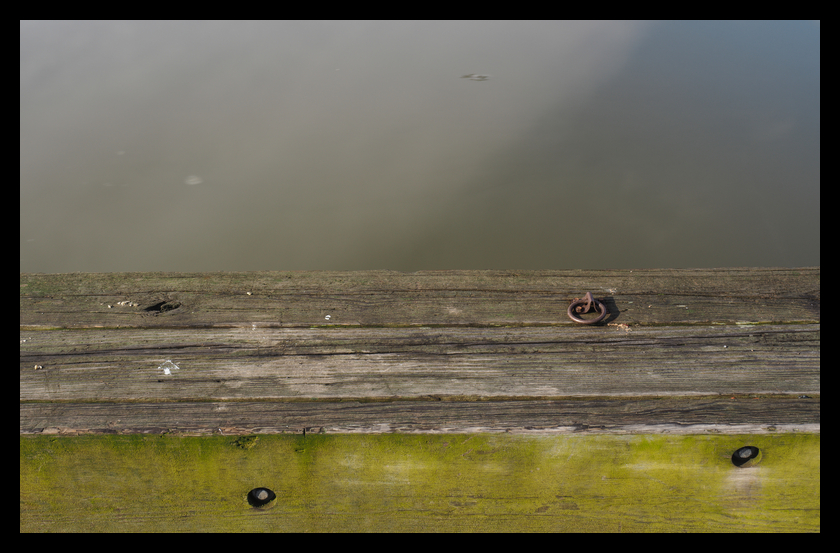The Olympus OM-D EM-5 II launched as the successor to the EM-5, a camera that boosted micro-four thirds as a serious contender to DSLRs (and stoked my interest in MFT). The EM-5 was quickly overtaken by the flagship E-M1, which was faster and more robust.
The II edition took some of the original EM-5, added a dash of the EM-1 and introduced some features not seen so far in any Olympus, most notably a high-resolution mode that delivers 40-megapixel images of static subjects and video that doesn’t suck compared to the competition.
I used a rented EM-5 II for about a week, while I was spending most of my shooting time going after bald eagles at the Hudson river with my Canon DSLR and some rented lenses, about which more in another article.
To be honest, I don’t have much to say about the new Olympus. That’s actually a good thing, because I always thought the EM-5 ‘classic’ was already pretty good. The II is better, overall.
My only major problem with it is the same one I had with the original model, which is that it’s too small to comfortably hold. When I still had the EM-5, I quickly bought the additional grip for better handholding and I dumped that camera the moment the larger EM-1 was announced. Despite the improved grip on the II, I still think it’s too small. I assume the grip would solve that problem, as it did for the ‘classic.’
I do like the adoption of the buttons, levels and dials of the EM-1. I don’t really care about the flip-out LCD, but it doesn’t hurt either. It's handy for selfies, which I took abundantly in the early to late nineties, before the term 'selfie' was born, but which I stopped taking as I matured. An idea before its time, apparently.
Image quality is basically unchanged for stills, so I have nothing to add there. I do hope that Olympus will find a way to boost resolution of its sensors to 24 mp and improve noise capabilities, as these are the key drawbacks that make me not totally embrace MFT for all my photography. I hope that will come in the EM-2 or EM-1 II.
I’m not going to comment on the video quality, as I don’t shoot video often enough to judge it.
Now, the high resolution mode intrigued me. I tried it with various subjects and it’s awesome. If the subject and the camera are truly static and you use the shutter delay to make sure the camera does indeed become motionless, the results are great. Looking at the files at 100% blew my mind, like it did with Sony A7R or Nikon D800e images.
If you do shoot still life, food or architecture, this is a great feature to have. Unfortunately, I don’t shoot any of that on a regular basis, so I’m just hoping that Olympus will succeed in speeding up the sensor-shift so it can be used for non-static subjects.
All in all, I can recommend the EM-5 II. It’s a neat camera, delivering both a pleasant shooting experience and clean files. Like with all 16mp MFT cameras, the image quality is a bit lacking compared to the APS-C or full-frame sensors, especially noise-wise, but in reality for most uses, the quality is enough and the small high-quality Olympus lenses produce stunning files without overburdening the user with bulky or heavy gear.
Adobe Lightroom does not yet support the EM-5 II files, so images were imported into Olympus Viewer and then converted to JPGs. Further adjustments were made in LR.
By John van Rosendaal





